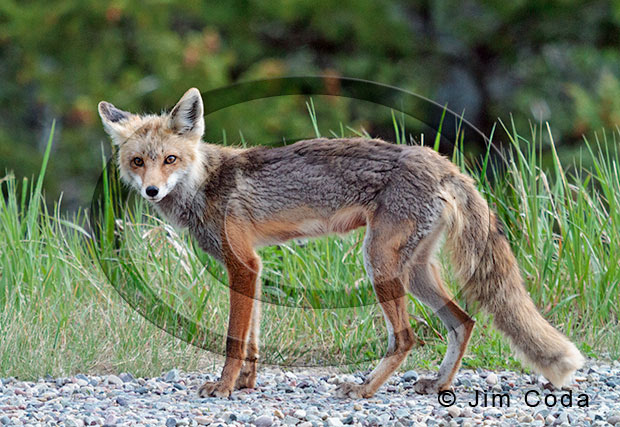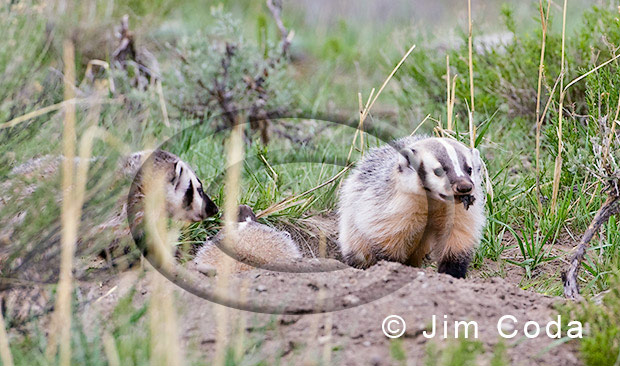My 10 Favorite Wildlife Photos of 2012
About a year ago I posted a blog with my 10 favorite wildlife photos from 2011. Here are my 10 favorites for 2012. Most of this year’s photos are from Yellowstone.
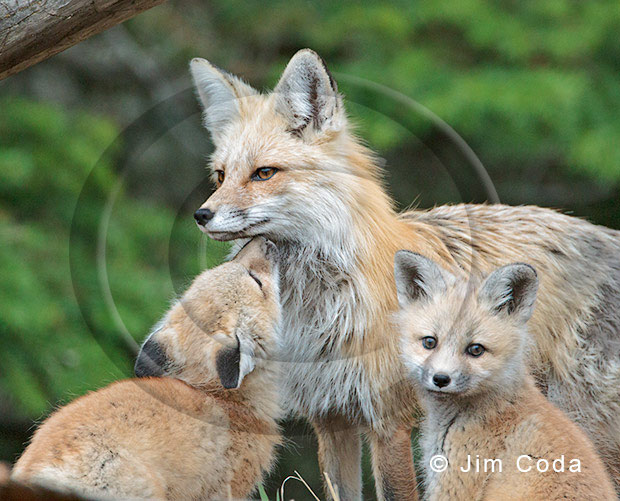
Finding and photographing this red fox vixen and her two kits was the best part of my trip to Yellowstone last spring.

Baby animals are usually photogenic and these two certainly were.

While on the subject of baby animals, this doe pronghorn kept her two fawns right around the Roosevelt Arch for a week or more. They stopped a lot of cars.
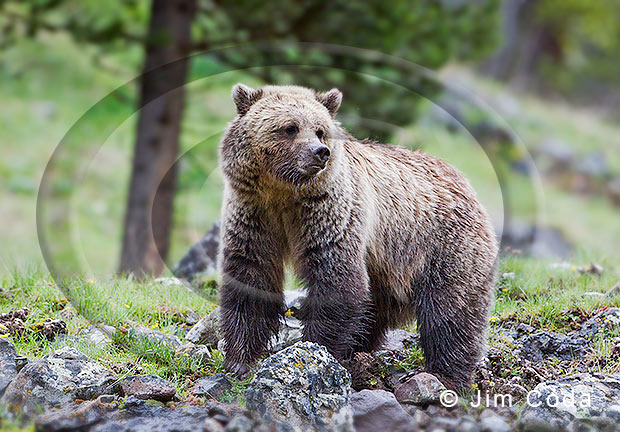
This grizzly bear spent several days in May on the slopes above Yellowstone’s Soda Butte Creek feeding on grass, roots and whatever other vegetative material grizzlies feed on in the spring.
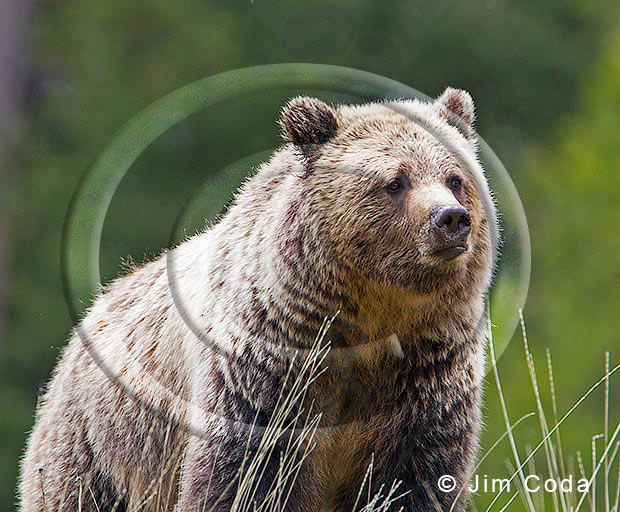
I spent a fair amount of time photographing this bear. It often looked sad to me. I think it was a young bear and perhaps it was its first spring without its mother.

I always see mountain bluebirds in Yellowstone in the spring, but until this past May I’ve never really had any good opportunities to photograph them. They seem to be constantly on the move. This May was different. They hung around.

There are always some sandhill cranes in Yellowstone in the nesting season. They usually tend to be far off though. You often hear them calling before you even spot them. I was lucky here.
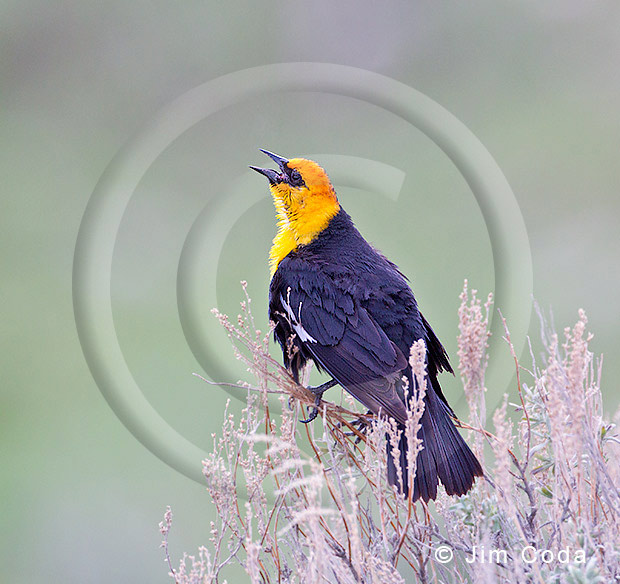
I don’t recall ever having seen a yellow-headed blackbird in Yellowstone before this spring. This male was singing to attract a mate I assume. I spotted him while driving the road to the Slough Creek Campground.

There are a lot of white-crowned sparrows in Point Reyes National Seashore in the winter. This male saved what was otherwise an uneventful day.
Coyote, Point Reyes National Seashore

The coyotes I see in the ranching areas of Point Reyes are pretty wild. By that I mean they don’t stick around when they see a human. This individual was different. He was comfortable with my photographing him. He may have previously lived in an area with heavy human recreation use.
Point Reyes is my local Yellowstone. It has a wide variety of wildlife considering where it is located. No bison or moose, but it has elk and deer. No wolves or bears, but it has coyotes, bobcats, badgers and one or more mountain lions. You’ll see elk as easily as in Yellowstone and deer more easily. You’ll see coyotes as easily as in Yellowstone and bobcats much more easily.
Well, that’s it. My 10 favorites for 2012. If you’d like to see my 10 favorites for 2011 click here.





